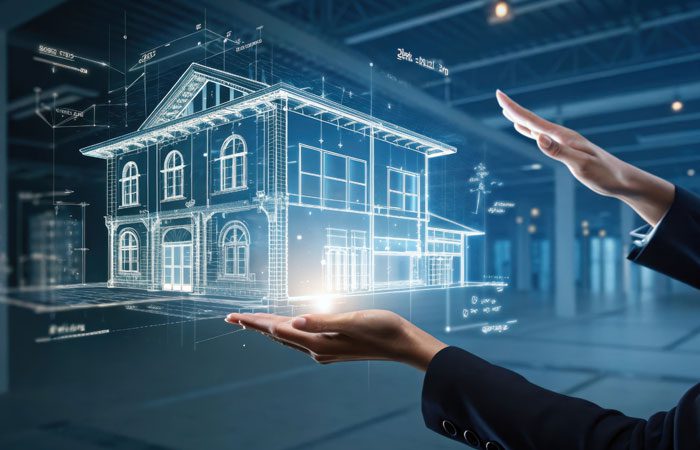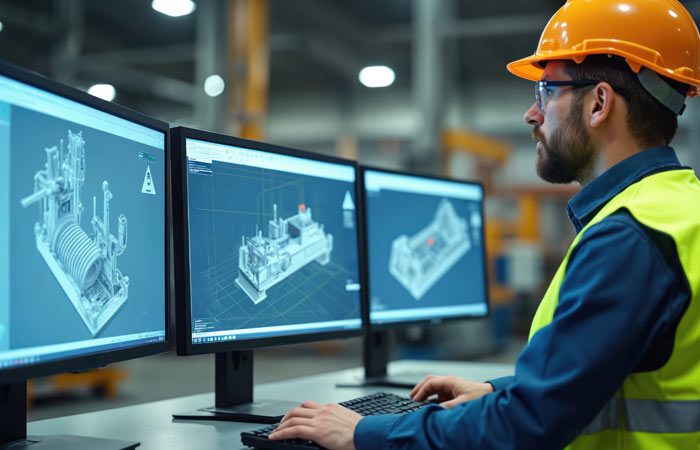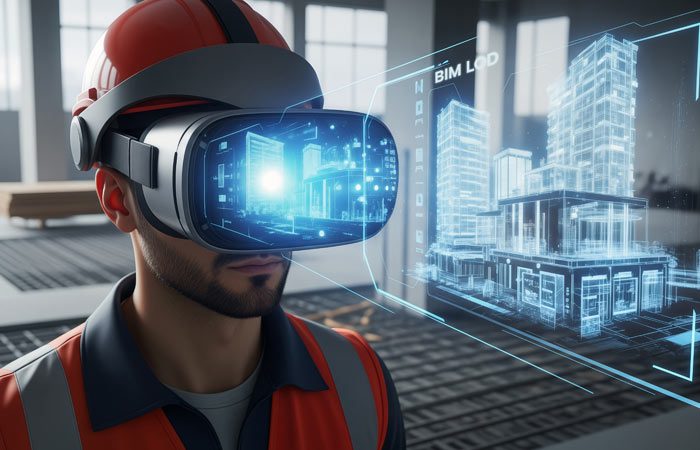
Future of BIM in Engineering Services: Trends to Watch in 2025 & Beyond
The construction and engineering world is undergoing a digital revolution, and Building Information Modeling (BIM) continues to sit at the core of this transformation. Far beyond being a tool for 3D visualization, BIM has evolved into a strategic enabler of collaboration, sustainability, and data-driven decision-making. As we step into 2025 and beyond, the future of BIM promises to reshape how projects are conceived, designed, executed, and managed across the Architecture, Engineering, and Construction (AEC) sector.
The Rise of BIM in Engineering Services
The adoption of BIM in engineering services has been accelerating due to its ability to integrate diverse disciplines into a single digital environment. From structural analysis to mechanical, electrical, and plumbing (MEP) design, BIM ensures streamlined workflows and fewer errors. Increasingly, engineering firms are moving away from siloed processes and embracing integrated project delivery with BIM, where all stakeholders—from architects to contractors—work on a shared platform.
This evolution is part of the larger construction technology evolution, where digital-first strategies are becoming the default. With many governments introducing BIM mandates and regulations 2025, engineering companies are under greater pressure to adopt BIM not just as a design aid, but as a compliance and quality standard.
BIM Trends 2025: What’s Next?
AI and BIM Integration
Artificial intelligence is increasingly embedded into next-gen BIM workflows. From automated clash detection to predictive analytics, AI and BIM integration allows project teams to anticipate challenges and optimize design before construction begins. AI algorithms can also analyze massive datasets to suggest cost-effective design alternatives or simulate construction sequences.
Digital Twin in Engineering Design
The digital twin in engineering design is no longer a futuristic concept—it’s becoming a standard expectation. Digital twins extend BIM by creating dynamic, real-time replicas of assets, fed by IoT sensors and operational data. This helps in not only planning and construction but also long-term operations, maintenance, and facility management.
Cloud-Based BIM Collaboration
As distributed teams become the norm, cloud-based BIM collaboration is emerging as a game-changer. Engineers, architects, and contractors can work on the same models in real time, regardless of geographic location. This reduces communication gaps and accelerates project delivery, particularly for complex, global projects.
BIM for Sustainability
Sustainability is one of the most significant drivers of change in the AEC industry. BIM for sustainability helps teams evaluate energy performance, water usage, and carbon impact from the design phase. Simulation tools integrated with BIM allow engineers to model green building materials, renewable systems, and long-term energy efficiency strategies, aligning with global net-zero goals.
Modular and Prefabrication Design
The move toward industrialized construction is gaining momentum, with BIM in modular and prefabrication design leading the way. By virtually designing prefabricated components, teams can streamline offsite manufacturing and onsite assembly, reducing waste, delays, and costs. Virtual design and construction (VDC) combined with BIM ensures accuracy and precision in prefabricated building elements.
BIM in Infrastructure Projects
While BIM has already gained traction in commercial and residential construction, BIM in infrastructure projects is set to see rapid expansion. Roads, railways, airports, and utilities are adopting BIM to manage large-scale complexity. The ability to simulate infrastructure lifecycles with BIM enables better funding decisions, risk mitigation, and stakeholder communication. Governments worldwide are pushing BIM adoption in the AEC industry to make infrastructure development smarter and more resilient.
Data-Driven Engineering Design
One of the defining characteristics of BIM in project lifecycle management is its capacity to generate and use data. Moving into 2025, data-driven engineering design will take center stage. Engineers can use BIM data for advanced simulations, lifecycle cost analyses, and sustainability benchmarking. By connecting BIM with other digital tools, companies are creating smart engineering workflows that make decision-making faster and more evidence-based.
The Role of Virtual Design and Construction (VDC)
Closely aligned with BIM, virtual design and construction (VDC) takes digital planning further by integrating schedule, cost, and resource data into simulations. This empowers stakeholders to understand the full impact of design decisions before they are executed in the real world. As AEC companies embrace next-gen BIM workflows, VDC will become a cornerstone of efficient, risk-averse project planning.
TAAL Tech’s Perspective
Global engineering service providers like TAAL Tech are already helping clients harness the future of BIM by aligning with emerging technologies in BIM. By enabling cloud-based BIM collaboration, driving innovation with AI and BIM integration, and supporting sustainable designs, they exemplify how engineering partners can accelerate digital adoption across the AEC spectrum.
Challenges and Opportunities Ahead
Despite the many advantages, widespread BIM adoption faces challenges:
- Standardization of workflows across global markets
- Upskilling engineers to handle next-gen BIM workflows
- Investment in infrastructure to support cloud-based BIM collaboration
However, the opportunities outweigh the challenges. The combination of AI, digital twins, and sustainability modeling will define BIM for AEC in the coming decade. Governments and industry leaders are aligning on regulations, which will accelerate BIM adoption in the AEC industry and bring consistency to how digital models are used.
Looking Beyond 2025
The Building Information Modeling future is about more than efficiency—it’s about resilience, sustainability, and innovation. As the AEC industry embraces smart engineering workflows and digital-first practices, BIM will increasingly serve as the foundation for connected, intelligent ecosystems. Whether in designing modular buildings, planning smart cities, or constructing resilient infrastructure, the role of BIM will only grow.
Final Thoughts
The future of BIM is a future of collaboration, sustainability, and smarter workflows. From AI and BIM integration to digital twin in engineering design and BIM for sustainability, the technology is transforming how engineering firms deliver value. As construction technology evolution continues, companies that invest in BIM in engineering services today will lead tomorrow’s projects with agility, efficiency, and innovation.
For the global AEC community, 2025 marks not just a year of progress but the beginning of a new era—where BIM in modular and prefabrication design, data-driven engineering design, and integrated project delivery with BIM will redefine the boundaries of what is possible in construction and engineering.


